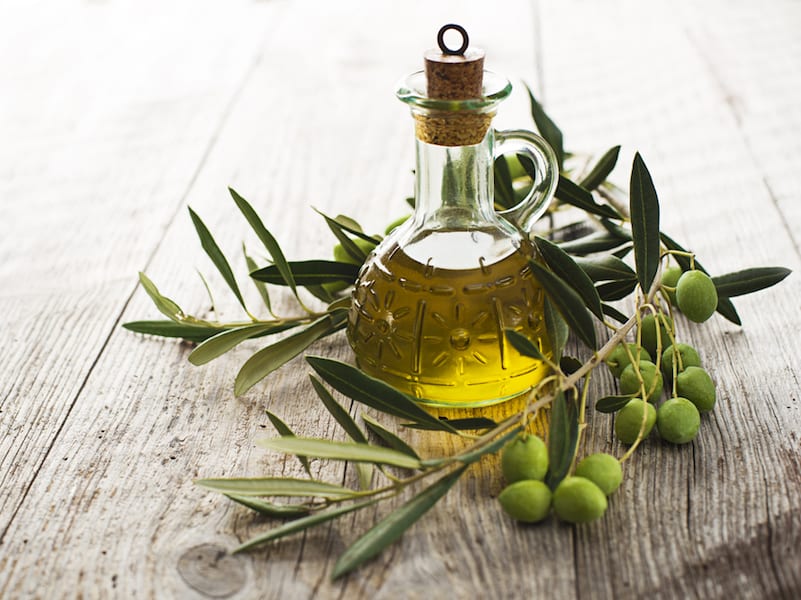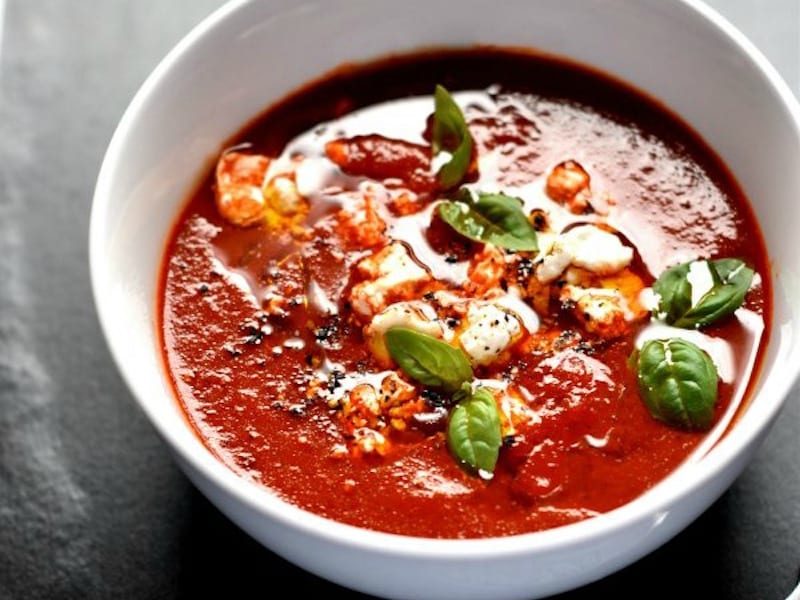Veronica is a born and raised Italian. She inherited her…
Italian olive oil has a long and rich history. Learn the facts and why Extra Virgin makes all the difference.
Photos by G. Giustolisi and Veronica Lavenia

Olive, a century plant:
The olive tree is one of the oldest plants in the world. Egyptians, Greeks and Romans tell stories and myths in their literature related to olive and its fruit.
Although the spread of this tree in the Mediterranean can be attributed to the Greeks, the Romans perfected the manufacture and trade. In Rome, there was even a real stock market prices to contend with the best oil.
Properties and Benefits:
If you squeeze an olive, you derive an oil that has been a symbol since ancient times, of tasteful and well-being. The olive is the only fruit which allows to obtain an oil with the single pressing, without any chemical intervention. It is digestible, rich in vitamins A, D, E, K, oleic acid, protects against the excesses of high bad cholesterol and increases, the “so-called” good cholesterol. Thanks to its content of antioxidants such as polyphenols, olive oil counteracts the processes that contribute to cellular aging. Oleic acid, the main component of extra virgin olive oil, stimulates the activity of the gall bladder and reduces the danger of the formation of gallstones. Particularly rich in oleocanthal, extra virgin olive oil plays an effective anti-inflammatory action. More oil is fresh (ie: more tingles in the throat), the higher the content of this substance. It also is rich in squalene that protects from ultraviolet rays of the sun.
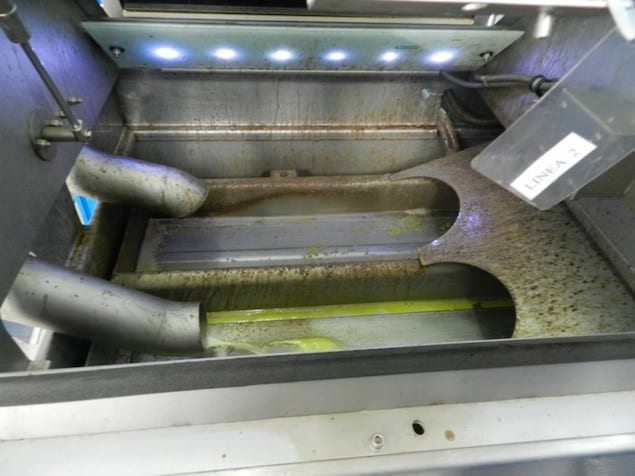
Italian extra virgin olive oil:
Italy is the second largest producer of extra virgin olive oil in the world, after Spain, but it is the first exporter of olive oil in the world.
The regions that produce higher amounts of olive oil are: Puglia, Calabria, Sicily, Basilicata, Sardinia (South Italy and Islands); Liguria (Italian Riviera), Garda lake, Veneto (Northern Italy); Tuscany, Umbria, Lazio Abruzzo (Central Italy). The production of olive oil is the prerogative of Southern Italy. Puglia, Calabria and Sicily have an impact on domestic production by more than 85% of all olive oil produced in the country.
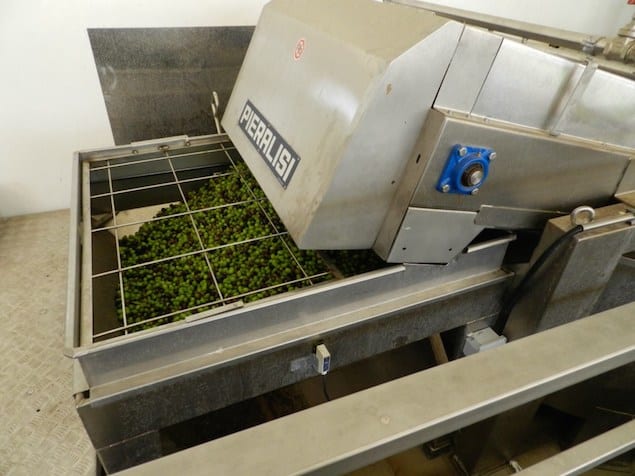
The importance of being extra virgin. How to choose a good EVO:
In Italy, olive oils are classified according to the quality of the olives, the freshness, the degree of acidity and the type of processing.
Extra virgin olive oil is a superior category obtained directly from olives. The acidity of EVO may not exceed 0.8%. Meet the parameters set by the law to fall in the category of extra virgin oils, does not mean automatically be a good extra virgin olive oil. Every extra virgin has a quality that varies by origin and price (more expensive it is, the more the quality increases).
In Italy, there are over 50 different varieties of olives that give a different scent in each oil. Knowledge makes the difference in every field. For this, have some minimum information about olive oil helps in the selection and its use. An olive oil of low quality (like every product of poor quality) not only ruin the dish but it can be detrimental to the health.
If you decide to buy an Italian extra virgin olive oil choose an Italian specialty store you trust and buy an extra virgin Protected Designation (DOP-PDO). In this way, it is guaranteed the area of origin (for example, a Sicilian DOP Monti Hyblaean indicates that the olives from which the oil is extracted derived solely from the indicated area). Another brand which specifies the high quality of olive oil, is the IGP, indication of origin.
The packaging is another factor extremely indicative of the quality of the oil. Choose oils packaged in dark bottles or covered with gold paper that protect against deterioration caused by excessive exposure to light. Finally, the price. A good extra virgin olive oil has a cost necessarily high if you consider the costs of harvesting, plowing, pruning, fertilization, irrigation, transformation.
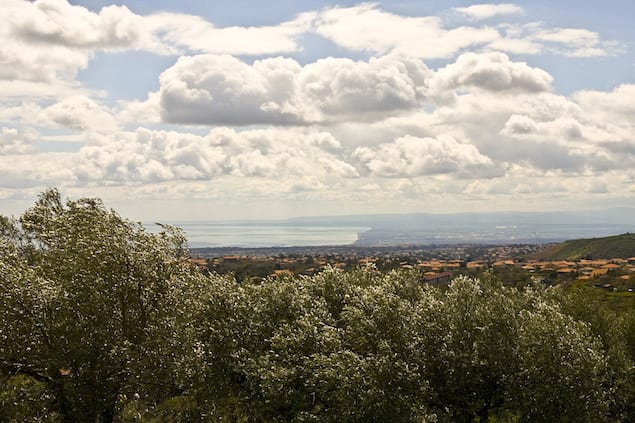
Frying with EVO:
Extra virgin olive oil is the most digestible fat and, due to its composition of monounsaturated fatty acids and for the presence of components of valuable natural antioxidants, is less subject to alterations and has an exceptional stability in the heat treatment to which it is subjected in the practice of cooking. So, it is the most suitable for cooking because it is very stable at high temperatures and is also suitable for frying (contrary to what is commonly believed). The “smoke point” of the olive oil is superior to that of other fats (the “smoke point” is the temperature at which the oil starts to burn and fats decompose in their main constituents, forming toxic compounds).
Below are the smoke point of the most common fats:
sunflower oil: less than 130° C
soybean oil: 130° C
corn oil: 160° C
peanut oil: 180° C
extra virgin olive oil 210° C
butter: 260° C
(Source: Olio extra vergine di oliva. I valori della tradizione, la cultura della cultura della qualità, (Extra virgin olive oil. The values of tradition, culture, the culture of quality), Enoteca Italiana, Nardini Editore, Italia).
Veronica is a born and raised Italian. She inherited her love for travel, passion for cooking and natural, sustainable, healthy slow food from her parents. Her works have appeared in 'Vegetarian Living', 'Veggie Magazine', 'Lifestyle food', 'Australian Good Food & Travel Guide', 'Chickpea' and 'Free from Heaven', among others. She is the author of "Panini: the simple tastes of Italian style bread"; 'The Rustic Italian bakery", "The Vegetarian Italian Kitchen" and "A Modern Italian table", published by New Holland Publishers Australia.

